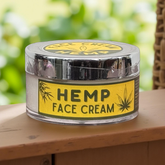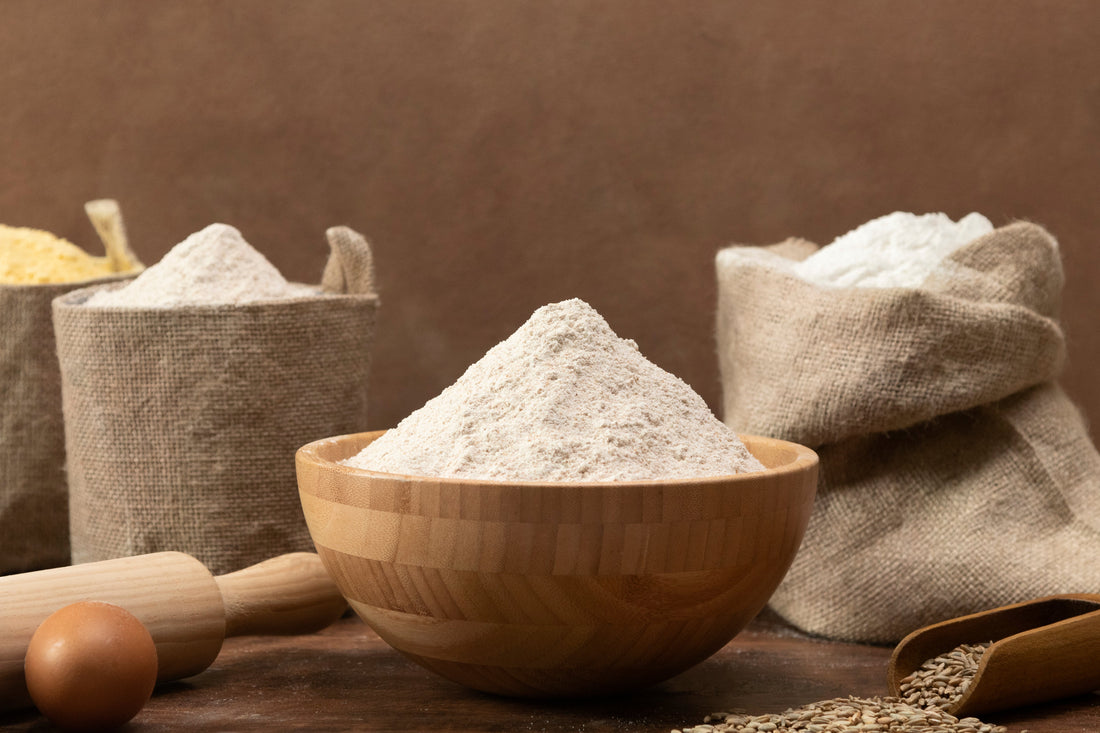White Makki Ka Atta vs. Yellow Makki Ka Atta – Which One to Choose?
Introduction
Corn flour, or Makki Ka Atta, is a staple in many Indian kitchens, especially during the winter season. Whether you use it to make crispy rotis, soft tortillas, or delicious snacks, it adds a unique flavor and texture to your meals. But did you know there are two types of Makki Ka Atta—white and yellow? Both come from different varieties of corn and have their own nutritional values, flavors, and best uses. So, which one should you choose for daily consumption? Let’s explore the differences and benefits of each.
1. Nutritional Differences Between White & Yellow Makki Ka Atta
Both types of corn flour come from maize but differ slightly in nutrition and health benefits.
White Makki Ka Atta:
✅ Lower in Calories – White corn flour has slightly fewer calories, making it a better option for those watching their weight.
✅ Rich in Fiber – Helps improve digestion and keeps you full for longer.
✅ Lower in Carotenoids – Since it lacks the deep yellow color, it has fewer antioxidants like beta-carotene.
Yellow Makki Ka Atta:
✅ Higher in Beta-Carotene – The yellow color comes from carotenoids, which convert into Vitamin A, boosting eye health and immunity.
✅ More Energy-Dense – Slightly higher in carbohydrates, making it a good choice for people who need more energy.
✅ Rich in Antioxidants – Helps fight inflammation and supports heart health.
So, which one is better nutritionally?
If you are looking for more fiber and a lower-calorie option, white makki ka atta is a great choice. But if you want more vitamins and antioxidants, yellow makki ka atta is the winner.
2. Best Uses of White & Yellow Corn Flour
Both flours are incredibly versatile and can be used in different ways.
White Makki Ka Atta – Best Uses:
✔️ Soft & Light Rotis – Since it has a finer texture, white corn flour makes softer rotis that are easier to roll out.
✔️ Baking – Works well in making gluten-free cakes, bread, and cookies.
✔️ Thickening Agent – Can be used to thicken soups, sauces, and gravies without changing their color.
Yellow Makki Ka Atta – Best Uses:
✔️ Classic Makki Ki Roti – The traditional yellow corn flour is best for making rich, flavorful rotis paired with sarson ka saag.
✔️ Tortillas & Nachos – Used for making Mexican-style tortillas, tacos, and crispy nachos.
✔️ Deep-Fried Snacks – Perfect for making crispy pakoras, bhajiyas, and corn-based fritters.
Which one should you use?
If you prefer soft, lighter dishes, go for white makki ka atta. But if you love rich flavors and crispy textures, yellow makki ka atta is the better choice.
3. Which One is Healthier for Daily Consumption?
Both white and yellow makki ka atta have health benefits, but which one is better for everyday use?
Choose White Makki Ka Atta If:
✔️ You are on a weight-loss diet and want a lower-calorie option.
✔️ You have digestive issues and need more fiber for better gut health.
✔️ You want a milder taste for different recipes.
Choose Yellow Makki Ka Atta If:
✔️ You need more Vitamin A for better eyesight and immunity.
✔️ You have high energy needs (athletes, active individuals).
✔️ You love traditional makki ki roti and want a rich, authentic flavor.
The Verdict?
Both types are healthy, but for everyday use, white makki ka atta is a lighter and more digestion-friendly option, while yellow makki ka atta is better for boosting vitamins and energy levels. The best approach? Mix both flours in your diet to get the benefits of both!
Conclusion
White and yellow makki ka atta each have their own benefits, and the right choice depends on your health goals and taste preferences. If you want a milder, digestion-friendly flour, go for white makki ka atta. If you need extra nutrients and love bold flavors, yellow makki ka atta is the way to go. No matter which one you choose, both can be part of a healthy, balanced diet. So why not try both and enjoy the best of both worlds?












